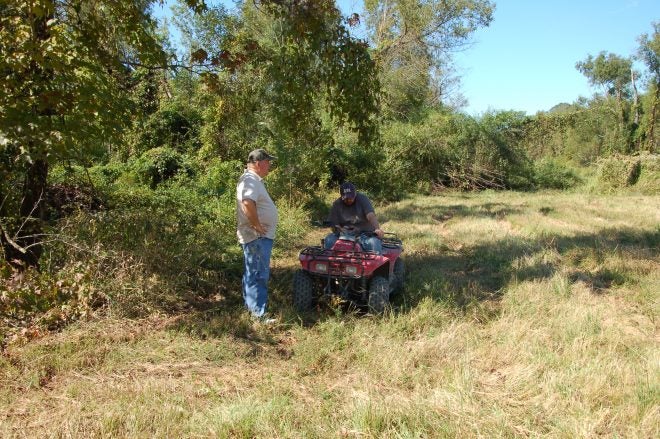Deer Hunting Micro Climates
Dr. John Woods 10.10.18

John J. Woods
Magnolia Outdoor Communications
DEER HUNTING MICRO CLIMATES
The white-tailed deer is famous for finding the best, most secure hiding places on any given piece of property landscape. Often their hiding strategy is driven by ever changing environmental conditions. This causes the deer to seek out alternative habitat areas that are usually isolated from spots where hunters might typically hunt.
The trick for hunters is not only to find these micro-climate habitat hideouts, but also to monitor the environmental changes that might push deer into these areas. This requires a constant monitoring of changing weather, prevailing winds, precipitation, cold and hot fronts, freeze snaps, and other conditions that can impact deer movements and hunting success.
This also requires a very intimate knowledge of your hunting property. Many hunters just continue to hunt the same old spots season after season, but often never venture into the far outposts where good bucks may be hiding out. Know all the land features of your property and how to approach them quietly with scent control in mind. You may just find some isolated micro climate areas for new hunting challenges.
In warm climatic areas like the Deep South it is often heard each season that “all we need is a big cold front to make the deer move.” This does not always work out according to the script. When deer are used to warm temperatures most of the time even in the winter months, then a super cold front rolls in, very often the deer hunker down for a spell. They are not used to freezing, so they hide out in thick cedar ridges, on the sunny sides of hills, or other places out of the cold wind. Hunt them there or wait for them to finally move out to eat.
Now, after a few days every deer has to finally get up to eat and drink. Stake out a place on the fringe of these safe harbor areas and watch closely for deer movement. It will come, but not immediately.
Reverse these for cold climates when a super freeze blows in. Again, deer are used to cold up north, but not sudden subzero temps. They have an adjustment period for this, too. Within a few days these frigid shocked deer will move. If there is deep snow, then hunt areas where you know food is under that layer of snow. The deer will find it.
To hunt the micro climates, watch weather trends and be ready to go. Know your land and where and when to change up old hunting habits. You might just catch a crafty old buck on the move.